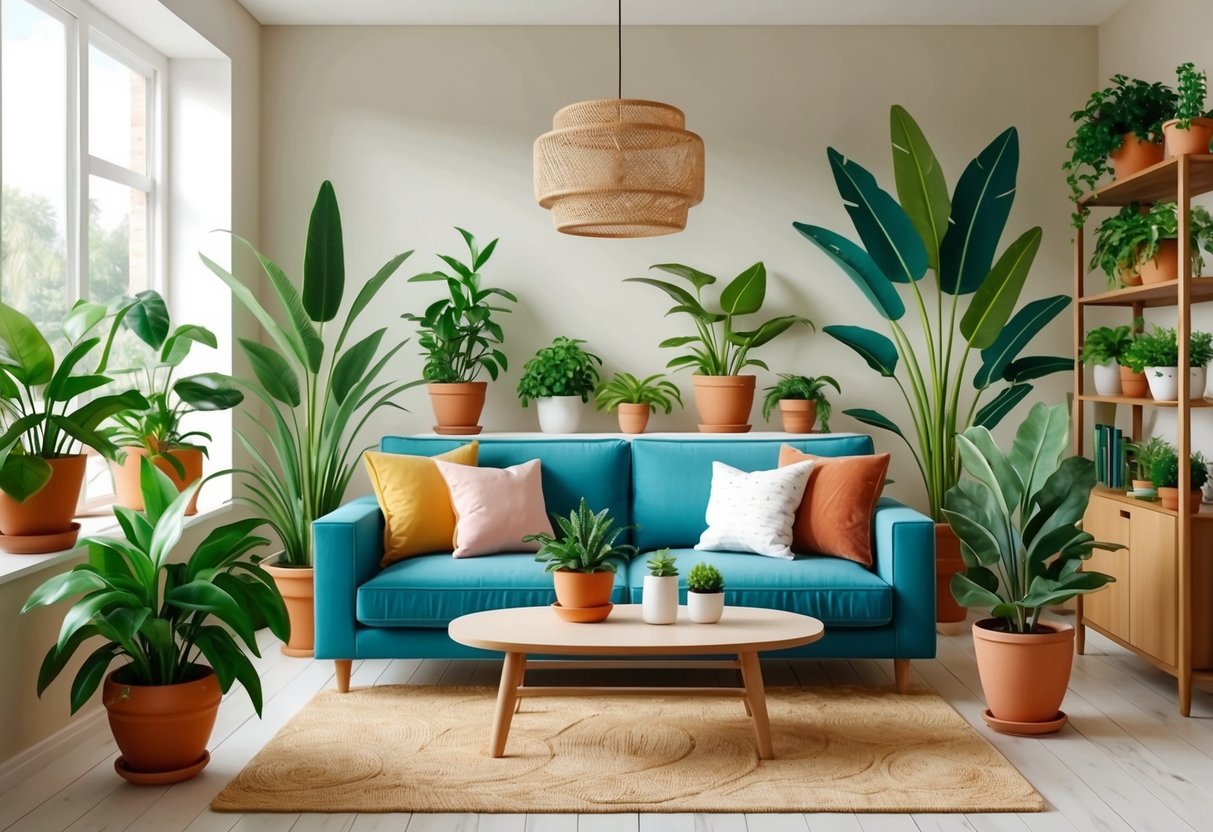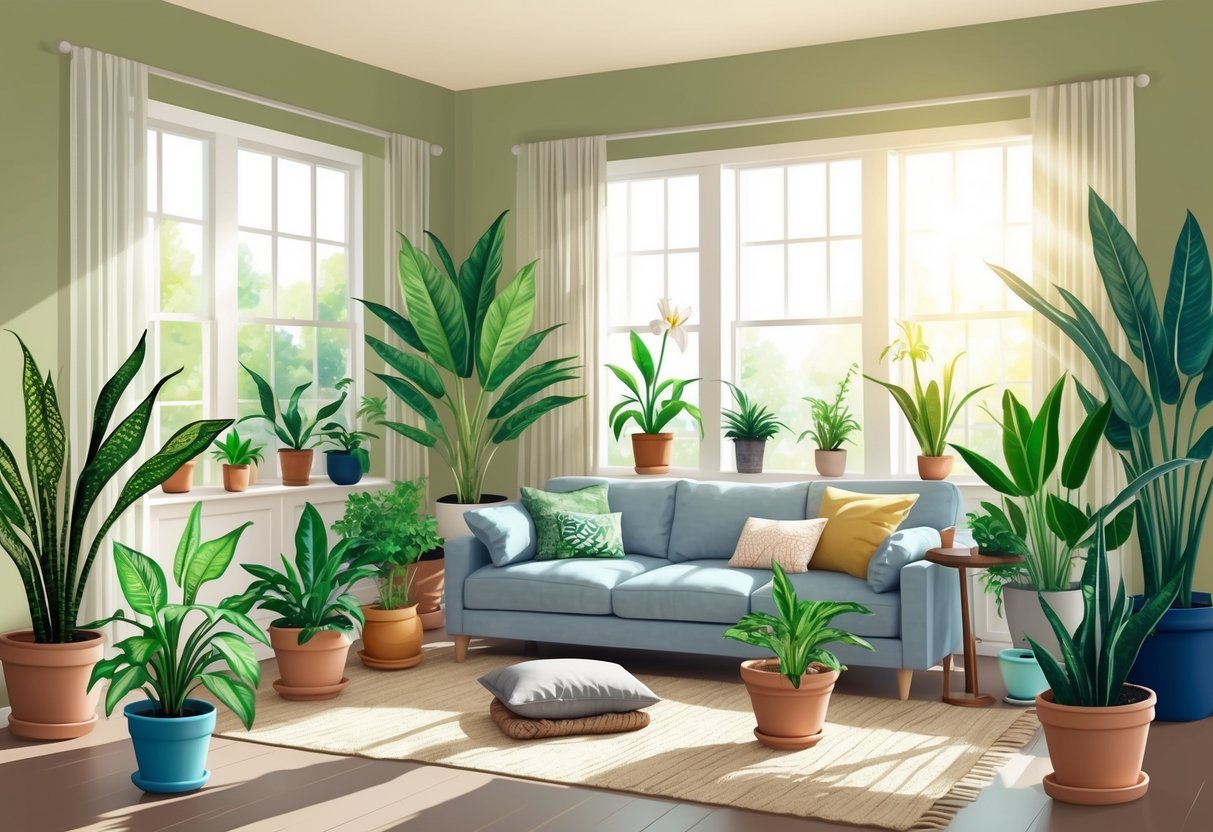
Connecting to Nature for Mental and Physical Health

Research shows that connecting to nature through indoor plants supports both mental and physical wellbeing. These benefits include improved mood, reduced stress, and even a boost in productivity for those who spend significant time indoors.
Fostering a Calming Environment
Introducing indoor plants into living and working spaces can promote relaxation and create a sense of calm. Plants like peace lilies, snake plants, and pothos are often chosen for their air-purifying qualities, but their positive effects extend beyond cleaner air.
Greenery contributes to lower stress levels and a more tranquil atmosphere, which is particularly helpful in high-pressure environments. Experts have found that the visual presence of plants helps individuals feel happier and less anxious.
According to recent studies, exposure to indoor greenery can decrease depressive moods and lessen symptoms of anxiety. The simple act of being surrounded by plants can act as a buffer against daily stressors.
Encouraging Daily Interaction with Plants
Regular interaction with plants offers tangible mental health benefits. Daily care routines such as watering, pruning, or simply observing growth encourage mindfulness and help individuals feel more connected to nature.
This connection is important for those who may not have easy access to the outdoors. Physical touch, like feeling the soil or smelling flowers while maintaining indoor plants, engages the senses and can further enhance mood and lower stress.
Studies suggest that consistent engagement with indoor plants boosts focus, enhances creativity, and can even speed recovery times after illness or fatigue. Making plant care a regular habit supports both short-term relaxation and long-term happiness.
Frequently Asked Questions

Certain indoor plants are recognized for their air-purifying properties and the ability to reduce indoor pollutants. Some varieties are highly effective even in low-light conditions and safe for homes with pets.
What are the top air-purifying indoor plants recommended by NASA?
NASA’s research highlights several plants as particularly effective for filtering indoor air. The spider plant, snake plant, and peace lily have been identified for their potent air-purifying abilities.
These plants can help reduce common contaminants and are relatively easy to maintain. Find more information on NASA’s recommended air-purifying plants.
Which low-maintenance plants are best for improving indoor air quality?
The snake plant, also known as Sansevieria, and spider plant are both known for being low-maintenance and efficient at cleaning the air. Both tolerate infrequent watering and a range of light conditions.
Peace lilies are another low-care choice, thriving indoors while reducing mold spores and volatile organic compounds.
Can you list indoor plants that are safe for pets and also purify the air?
Boston fern and certain palm species such as the areca or parlor palm are considered pet-safe and beneficial for air quality. Spider plant is another option that is generally non-toxic to cats and dogs.
Always verify individual plant safety with a reliable list, as some air-cleaning plants like peace lily and snake plant are toxic to pets.
Which plants are suitable for bedrooms to purify the air?
The snake plant is particularly effective in the bedroom because it releases oxygen at night, helping to improve air quality as you sleep. Peace lily and English ivy can also assist with removing toxins but should be placed out of reach if pets or children are present.
Spider plant is a safe choice for most bedroom settings, requiring little maintenance.
What are the best low-light indoor plants that help clean the air?
Snake plant and pothos thrive in low-light environments and efficiently filter airborne toxins. Peace lily can also survive in rooms with minimal natural light, making it suitable for offices or shaded areas of the home.
English ivy adapts to low light levels while absorbing pollutants like formaldehyde, according to CNET’s guide on air quality plants.
Are there any indoor plants known to contribute to stress relief?
Snake plant and lavender have properties that may help reduce stress and create a calming atmosphere.
Peace lily is also noted for its ability to maintain humidity, which can contribute to a more comfortable indoor environment.